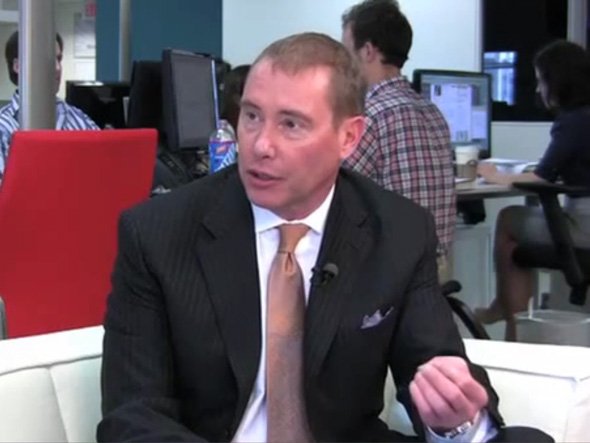
It’s a well-known but still stunning statistic: About 80-90% of people who frequently trade the market end up losing money.
Not only does research conclude that frequent traders rarely turn a profit, but a Senate Governmental Affairs committee concluded that those who do end up cashing in are mostly the brokers that profit from every single trade, whether the traders do or not.
Is it even possible to beat those seemingly overwhelming odds?
It’s certainly not easy, says Hengfu Hsu, CEO of Analytic Investment, who runs the Equity Timing strategy on Covestor. It’s next to impossible without an excellent trading plan, he says.
“I don’t know how one can make money consistently in financial markets without a formal process,” Hsu says. “It takes at least 10,000 hours of real life experience to master a skillful task, and there is no difference in trading or investing.”
Trading profitably takes the same kind of commitment it takes to be successful in business, Hsu says. It requires access to reliable information. And it requires careful and structured analysis of that information that is not clouded by noise or emotion.
He says every trader needs to avoid these five common mistakes to be successful:
1. Don’t underestimate the time commitment involved
If you don’t have the time, resources and commitment to truly master trading yourself, don’t even try to do it. If you want to apply a trading method with your funds, you’d be better off carefully selecting a professional to do so for you.
2. Have a plan for when things go wrong
Some of the most successful traders in the world have suffered big drawdowns of 50% or more on their individual trades. Cut losses short, if possible. And when you do make a mistake — and you will — don’t compound it by reacting emotionally.
3. Don’t over-leverage
Warren Buffett once said, “History tells us that leverage all too often produces zeroes, even when it is employed by very smart people.” Good trading, according to Hsu, should require little to no leverage.
4. Diversify your strategies
It’s broadly understood that diversification across asset classes and sectors is important. But for a trader, diversification across time frames can be no less important.
“To stay in the game and eventually reap the award of participating in financial markets, it is very important to have multiple long term holding and short term trading strategies going up and down at different times to smooth out the ride,” says Hsu.
5. Don’t chase performance
You don’t want to be the last one to jump into a popular trade. By the time you hear of a good idea, it’s often too late to implement it successfully. The same goes for a trading strategy being used by a friend, a friend of a friend, or a newsletter writer. Be wary, do your own homework, and don’t be late to the party.
One other thing to always remember. It really shouldn’t take a government panel to figure this out, but always mind your trading costs. One of the most common problems for beginning traders is “churn” – frequent turnover of positions. Some people trade so frequently that they need to have hundreds of dollars’ worth of winning trades on a daily basis just cover their expenses.
For that reason, beginning traders might want to consider a “swing” timeframe. Swing trading focuses on holding stocks for a period of several days to several weeks. When it’s done well, it can result in lower trading costs than pattern day trading. Swing trading is the timeframe used most often by technical portfolio managers on Covestor.
Mike Arold runs the Technical Swing strategy, for example. It typically trades 5 to 15 individual stocks at a time, either long, short or both. He tries to take advantage of two situations: When the investment crowd overreacts to good and bad news, or when he believes that stocks have demonstrated sustainable price momentum.
Arold limits his research to the price action of stocks. He is aware that other analysts may be looking at balance sheets, P/E ratios and book values, but he is only interested in knowing how the investing crowd feels about those metrics — either excited or fearful. Then, he typically places his trade in the direction of the market sentiment.
Swing trading may have some theoretical advantages over buy-and-hold investing as well. One is that an active manager may be able to take advantage of near-term price patterns in the direction of both bearish or bullish market trends.
Another is that swing trading returns may not closely match the overall return of the market, so it may be a source of investment diversification.
There is no denying that trading strategies — no matter their timeframe — can be risky. Yet with a strong process, lots of practice, and a careful eye on trading costs, it is possible to beat the odds and trade profitably.
Photo Credit: andrewknots
Nothing in this article should be construed as a solicitation or offer, or recommendation, to buy or sell any security. Past performance is no guarantee of future results.



